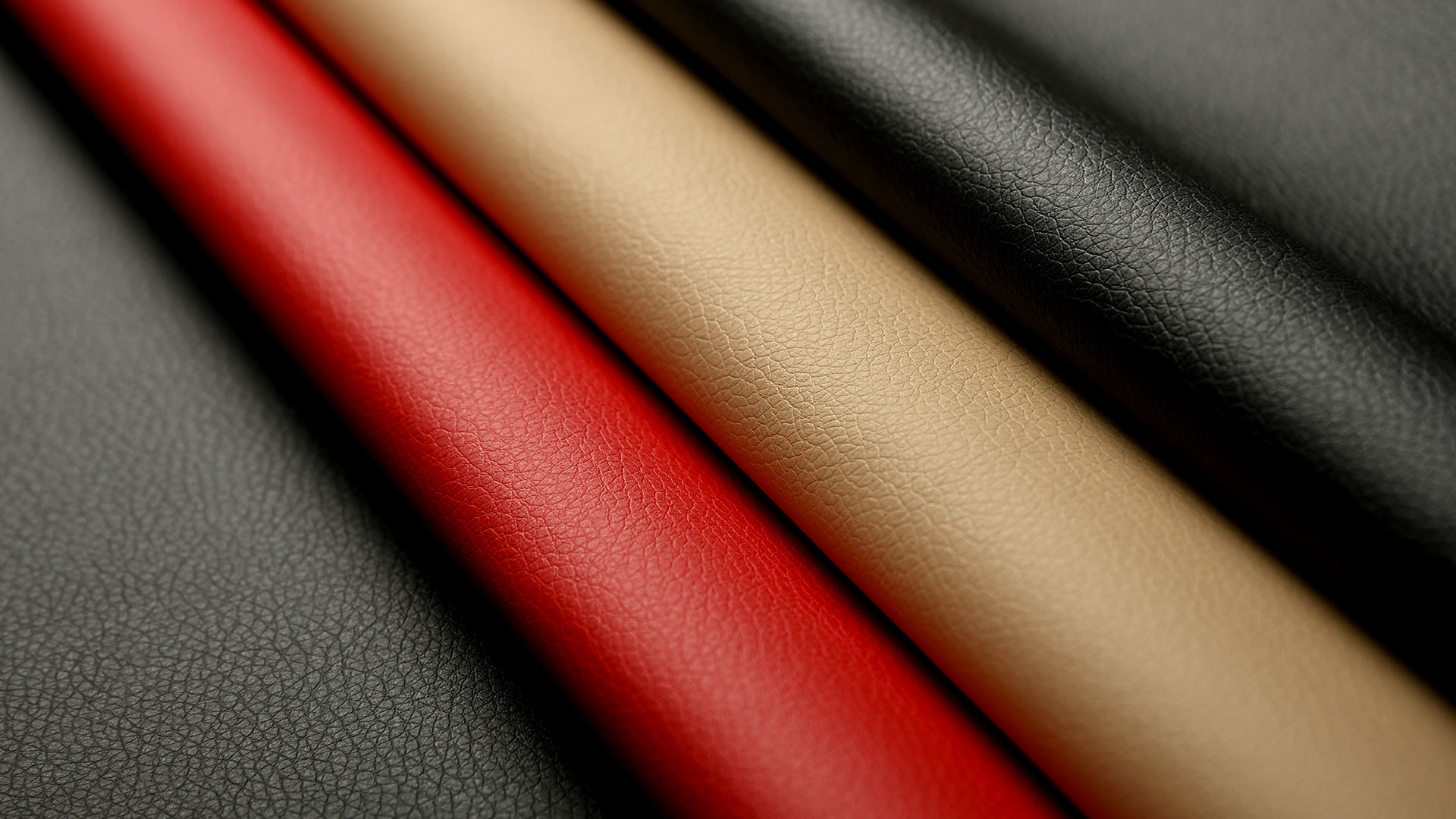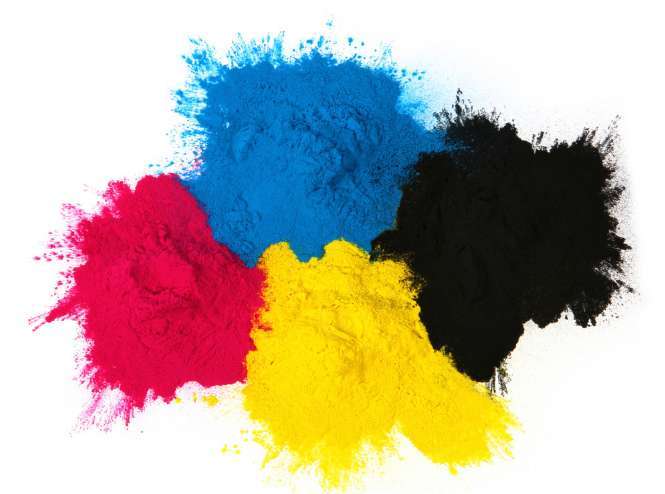Acid Dye Leather Fuel: Dyeing Process and Precautions
The main common problems when dyeing leather with acid dyes are: discoloration, fading, light yellowing, and insufficient leveling. In addition to poor dye quality, these issues are also caused by improper process operations or inability to handle details. This article mainly discusses the dyeing process of acid dyes on nylon and the issues that should be noted during production.
1. Several related issues
1. Classification of leather dye acid dyes:
Strong acid bath acid dye H2SO4 PH2-4
Weak acid bath acid dye HAC PH4-6
Neutral bath acid dye NH4AC PH6-7
2. Application range of leather dye acid dyes: Acidic or neutral dyes for wool, silk, and nylon.
3. Characteristics of dyeing nylon with leather dye acid dyes (weak acid bath):
1) Fast coloring, poor leveling performance - requires suitable leveling agents;
2) Poor color fastness (such as soap wash fastness) - requires fixing treatment (especially for medium and dark varieties)
3) Dyeing process: Initial dyeing at 50-60°C - guarantee at 100°C - water treatment.
2. Dyeing process of nylon with leather dye acid dyes
1. Composition of dyeing solution:
Dye X%.
① Acetic acid 1-3%;
Leveling agent 0.3-0.5%.
PH4—61 = 20
② Fixing agent 2-4%.
HAC 0.5-2%.
2. Dyeing methods: single bath method, double bath method (specific operation curves below)
1): Single bath operation curve.
PH4-6 bath ratio 1:20.
2): Double bath operation curve.
① Dyeing.
③ Solid-liquid formula:
Fixing agent 2-4%.
Glacial acetic acid 0.5-2%.
PH4-5
1. Role of additives:
1): Leveling agent: (such as ZJ-RH08 acid printing agent)
To make the dyeing effect uniform, excessive use will reduce color strips.
2): Glacial acetic acid.
Adjusts pH value, repeated addition during dyeing is beneficial for leveling.
3) Fixing agent: (ZJ-RH03 fixing agent)
Improves the color fastness of leather dye acid dyes.
4) Chemical materials:
Beat with cold water, dissolve in hot water or boiling water, stir thoroughly to dissolve and dilute, then filter for use.
5) Addition:
Pay attention to slow and even addition, and prevent excessive paper feeding that leads to color blurring.
Latest developments







